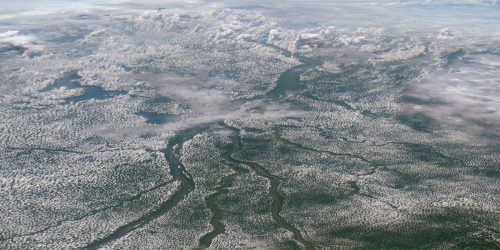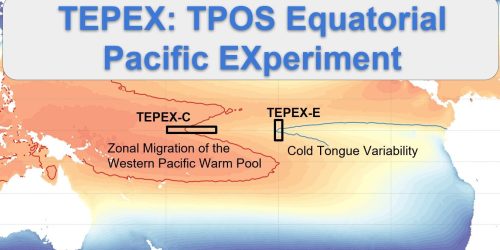Published December 6, 2012
Global sea level rise has been a persistent trend for decades. It is expected to continue beyond the end of this century, which will cause significant impacts in the United States. Scientists have very high confidence (greater than 90% chance) that global mean sea level will rise at least 8 inches (0.2 meter) and no more than 6.6 feet (2.0 meters) by 2100.
More than 8 million people live in areas at risk of coastal flooding. Along the U.S. Atlantic Coast alone, almost 60 percent of the land that is within a meter of sea level is planned for further development, with inadequate information on the potential rates and amount of sea level rise. Many of the nation’s assets related to military readiness, energy, commerce, and ecosystems that support resource-dependent economies are already located at or near the ocean, thus exposing them to risks associated with sea level rise.
These are the among the findings presented in this new report, published by NOAA’s Climate Program Office in collaboration with twelve contributing authors from ten different federal and academic science institutions—including NOAA, NASA, the U.S. Geological Survey, the Scripps Institution of Oceanography, the U.S. Department of Defense, the U.S. Army Corps of Engineers, Columbia University, the University of Maryland, the University of Florida, and the South Florida Water Management District.
The report was produced in response to a request from the U.S. National Climate Assessment Development and Advisory Committee. It provides a synthesis of the scientific literature on global sea level rise, and a set of four scenarios of future global sea level rise. The report includes input from national experts in climate science, physical coastal processes, and coastal management.
Frequently Asked Questions
What are “scenarios”?
The term “scenarios” describes qualitative and quantitative information about different aspects of future environmental change to investigate the potential consequences for society. Scenarios do not predict future changes, but describe future potential conditions in a manner that supports decision-making under conditions of uncertainty.
How do you use scenarios?
Scenarios are used to develop and test decisions under a variety of plausible futures. This approach strengthens an organization’s ability to recognize, adapt to, and take advantage of changes over time. This report provides scenarios to help assessment experts and their stakeholders analyze the vulnerabilities and impacts associated with possible, uncertain futures.
Which scenario is most likely?
Given the range of uncertainty in future global SLR, using multiple scenarios encourages experts and decision makers to consider multiple future conditions and to develop multiple response options. Scenario planning offers an opportunity to initiate actions now that may reduce future impacts and vulnerabilities. Thus, specific probabilities or likelihoods are not assigned to individual scenarios in this report, and none of these scenarios should be used in isolation.
What is the basis of the range of scenarios for global mean sea level rise?
We have very high confidence (greater than 9 in 10 chances) that global mean sea level (based on mean sea level in 1992) will rise at least 8 inches (0.2 meters) and no more than 6.6 feet (2 meters) by 2100. The biggest source of uncertainty within this range is the contribution of water from melting ice sheets and glaciers in Greenland and West Antarctica.
- The lowest sea level change scenario (8 inch rise) is based on historic rates of observed sea level change. This scenario should be considered where there is a high tolerance for risk (e.g. projects with a short lifespan or flexibility to adapt within the near-term)
- The intermediate-low scenario (1.6 feet) is based on projected ocean warming
- The intermediate-high scenario (3.9 feet) is based on projected ocean warming and recent ice sheet loss
- The highest sea level change scenario (6.6 foot rise) reflects ocean warming and the maximum plausible contribution of ice sheet loss and glacial melting. This highest scenario should be considered in situations where there is little tolerance for risk.
The actual amount of sea level change at any one region and location will vary greatly in response to regional and local vertical land movement and ocean dynamics. Parts of the Gulf Coast and the Chesapeake Bay will continue to experience the most rapid and highest amounts of sea level rise, as the land in some of these areas is subsiding, and adding to the overall “net” sea level rise. Parts of Alaska and the Pacific Northwest may experience much less sea level change or none at all, as the land in some of these areas is still rebounding from the last glaciation at a faster rate than sea level rise. It is certain that higher mean sea levels increase the frequency, magnitude, and duration of flooding associated with a given storm. Flooding has disproportionately high impacts in most coastal regions, particularly in flat, low-lying areas. Regardless of how much warming occurs over the next 100 years, sea level rise is not expected to stop in 2100.










